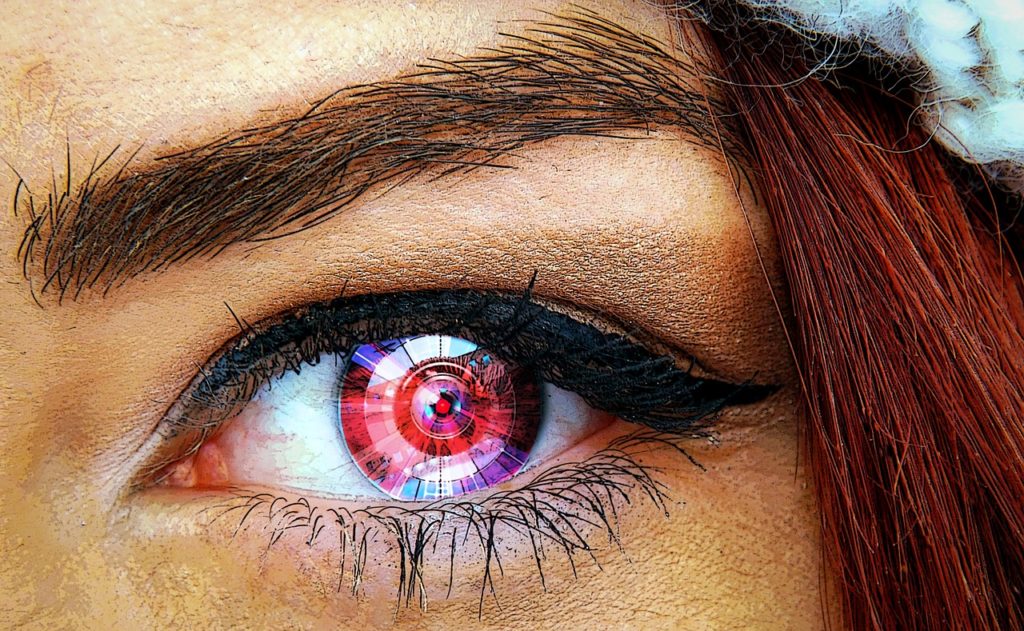A team of researchers from the University of Pennysilvania, headed by Rachel Young, have put together a chip that reproduces eye movements in every way in order to support scientific research for the prevention and diagnosis of eye diseases including dry eye disease (DED).
The study
Conducted by Dan Huh, associate professor of the Department of Bioengineering at the University of Pennsylvania in collaboration with a team of scientists including the Italian Mina Massaro-Giordano of the Perelman School of Medicine, the study focused on the creation of an eyepiece chip derived from the 3d print capable of replicating the eye movement of a healthy eye and an eye affected by DED. It should be remembered that 14% of the world’s population is affected by DED, the fight against which only two drugs have been admitted by the American FDA. The main difficulty of this study lies in the multiple subtypes that underlie the underlying mechanism of the disease. Once the doubts of adaptation had been resolved, the scientists gave rise to the premise of a future development of a drug as a DED treatment.

The scientific implications and final reflections
The study is a case study of a masterful interdisciplinary coordination work between research, bioengineering and pharmacological experimentation. Not only that, precision and utility in a pragmatic sense are proof of this – The basic hope of the team of scientists is to see the scientific implications applied in drug screening. In particular, it is considered feasible to use it in contact lenses and in future eye surgeries.
Stay up to date with the news of the day. Check out the “Physics” session of our blog.